Nagasaki, alive.
August 9, 1945
11:02 AM: Fat Man slides out of Bockscar, a B-29 bomber based on the island of Tinian (Guam), and explodes 500m above Nagasaki. 21 kilotons of plutonium unleash doomsday in consecutive blasts: first a sudden “light of a thousand suns” as the Bockscar copilot would say, followed by a fierce wind wave, then by heat rays reaching several thousand degrees and, at last, the spread of deadly radioactive particles in the shape of a mushroom cloud. Humans and buildings are instantly erased from the surface of Earth. 74,000 people are killed forthwith, perhaps the lucky ones; 75,000 severely injured; 120,000 left without their homes as one third of the city is turned to dust – one half, according to other sources. Flesh, wood, metal, glass and other materials burn and melt together into amorphous masses, leaving behind a ghost city and human ghosts with burnt and shredded flesh hanging from their bodies. An inhuman sight.
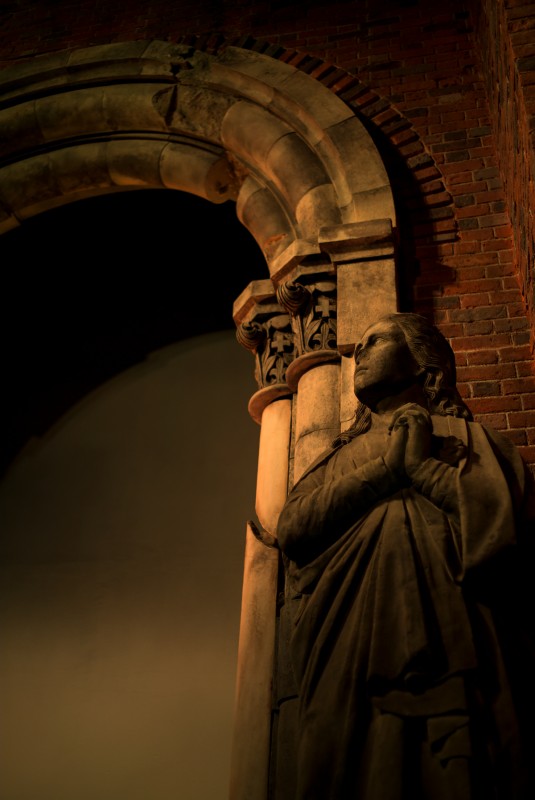
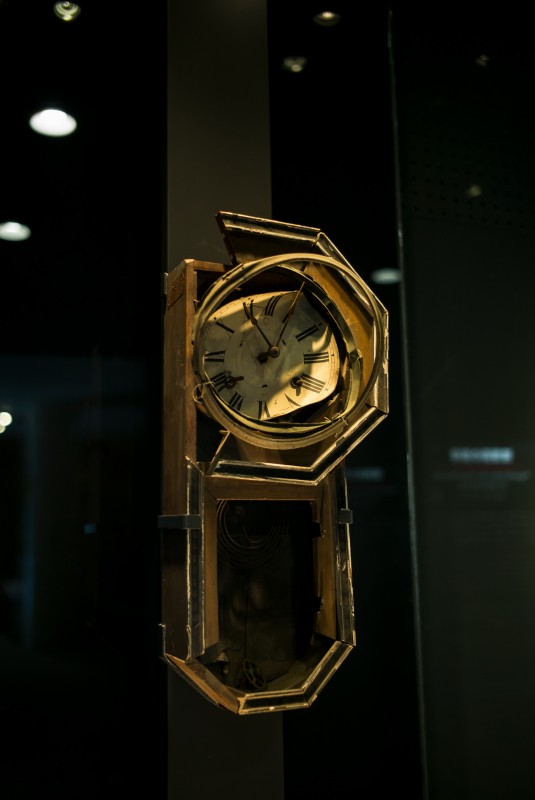
Ironically, Nagasaki wasn't even the primary target of the B-29. Fat Man was destined to Kokura, an industrial city North of Kyushu island. On that morning of the 9th of August 1945, a thick layer of clouds saved Kokura from death and convicted instead the city of Nagasaki, home to Mitsubishi Steel and Arms Works.

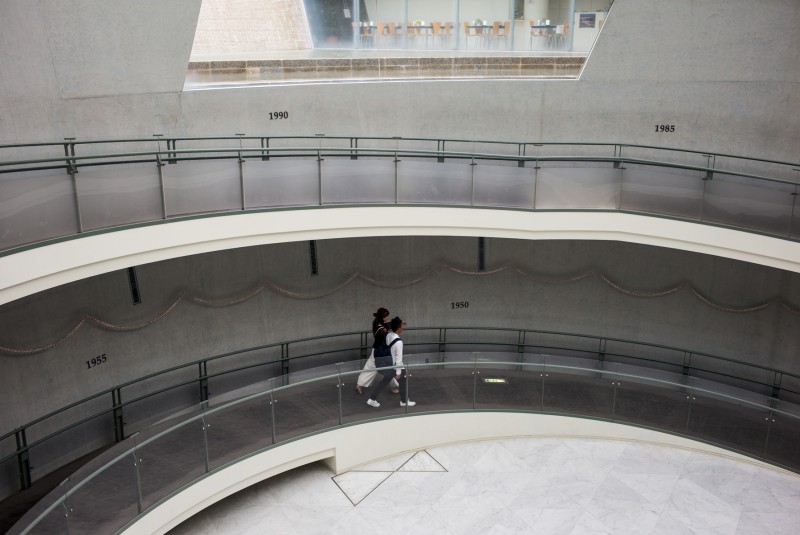
Hibakusha stories
The survivors of the Hiroshima and Nagasaki atomic bombings are known in Japan as hibakusha (the exposed). There are about 48,000 of them living in Nagasaki Prefecture, and about 83,000 in Hiroshima. Some were small children when the bombs were dropped, others were young adults and their average age now is over 80.
Yoshitoshi Fukahori, Nagasaki
“Mr. Fukahori was 16 and had been conscripted to work in a government office. When the bomb dropped, he dove under a desk. “It was such a loud sound and like lightning, so bright,” he said. “All the air came out of the room.”
The night of Aug. 9 he tried to get home, but the main road through the center of town was on fire. On an alternate route through the mountains, he encountered other victims trying to escape, their clothes in tatters and their heads covered in black ash. A woman clung to his leg, begging for water. When Mr. Fukahori reached down to grab her arm, her skin came off in strips.”
Excerpts from NY Times, May 27, 2016 article
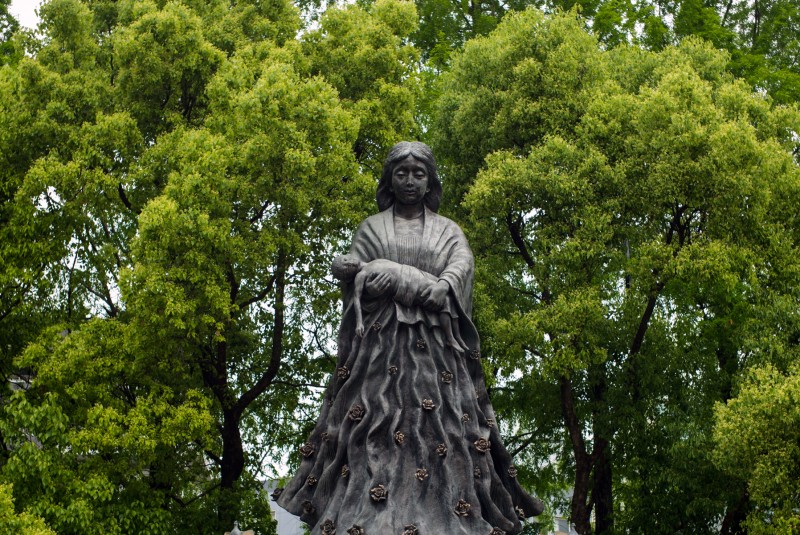
Sumiteru Taniguchi, Nagasaki, 14 years old when the bombing happened
“Sumiteru was riding his bicycle delivering mail when the plutonium bomb exploded over the Urakami valley. His back arms and legs were practically burned off, and he was left for dead. He was taken to the naval hospital in Ohmura, and had to lay on his stomach for nearly two years, sustaining bed sores so bad that to this day you can see the bones of his rib cage.”
Excerpt from a National Geographic article.
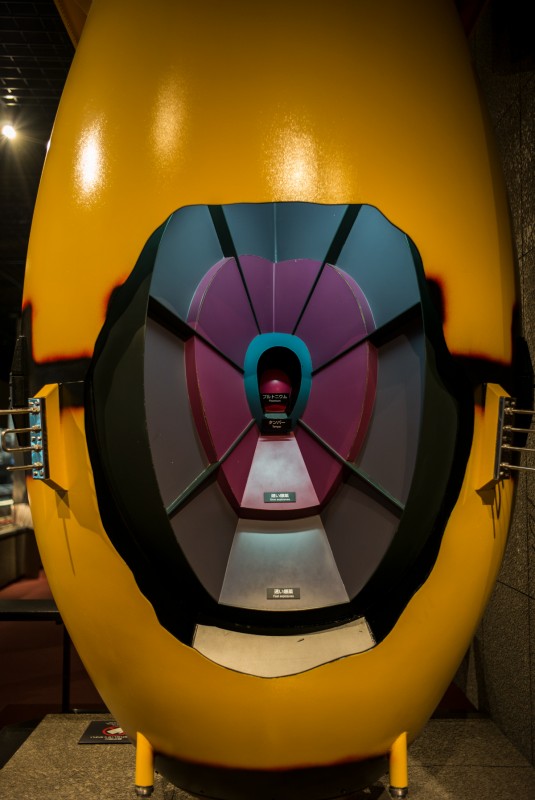
Junko Morimoto, Hiroshima, 13 years old at the time of the bombing
“Suddenly there was a moment of blinding light with intense heat. I couldn’t see anything. There was a strange reverberation, a noise that’s impossible to describe, followed by a bang. Then the house, the ceiling, everything collapsed. We were buried and in complete darkness. [...] I don’t know how far we walked along the main rail line, maybe 500 metres, until we came to the river. What we saw there was unbelievably horrible. Like a scene from hell. Crowds of people were slowly making their way from the city to the river, all badly burned. Some were naked, their clothes burnt off them. They walked along with their arms raised and something hanging off them that looked like nylon stockings. It was their burnt flesh peeling away. They were disintegrating. The skin on some people was dark red, obviously burned and painful. No one spoke. It was dreadful.”
See here the whole Junko's story.
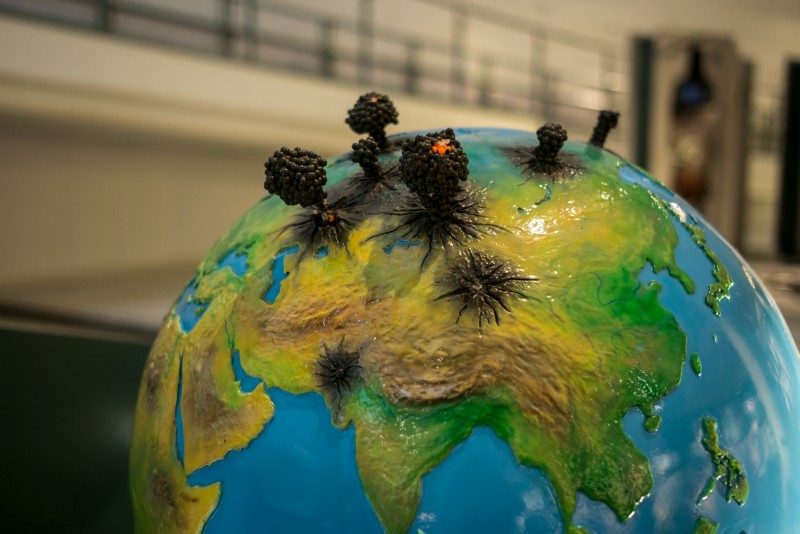
August 9, 2017
This city bursts with life and color. Alive, breathing, moving, growing–just as a living organism. Nagasaki’s China Town is full of swarming locals and tourists. Its streets smell like sweet flowers during daytime and sea salt in the evening. People take selfies on the Panorama bridge, kids play hide and seek in the street. High-school girls happily help lost people like me find the right streetcar station. Streetcars and cars roar in unison. The 7-Eleven cashiers draw maps on the backs of ticket bills to show me the way to the “Ground Zero” park.
My trip to Nagasaki was too short–I only had 4h to visit the A-Bomb Museum and catch a fleeting glimpse of the city–but what I saw there intrigued me beyond my expectations. I wish I could have stayed there a couple of days, to explore all the corners of the city, talk to people and understand what kind of energy or mindset helped this city reemerge from its own ashes, like a Phoenix bird. There’s a tremendous vibe in Nagasaki, something that I haven’t felt anywhere else, some sort of vital energy that tries to neutralize the last shadows of a distant yet ubiquitous nightmare.
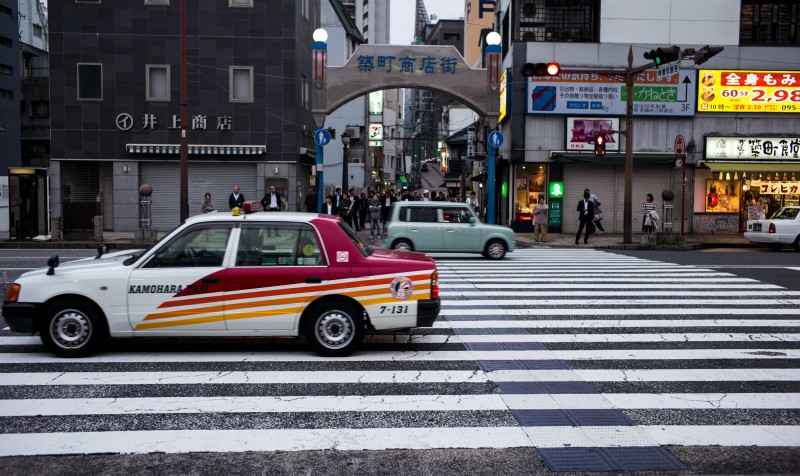
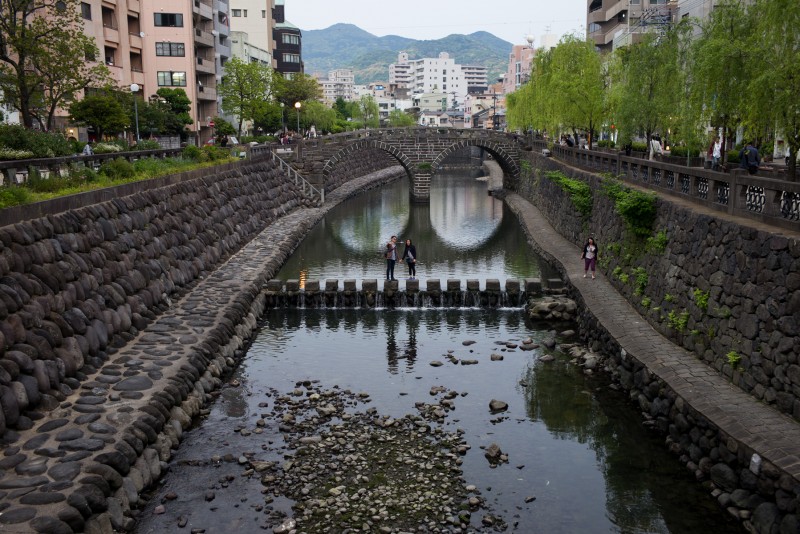
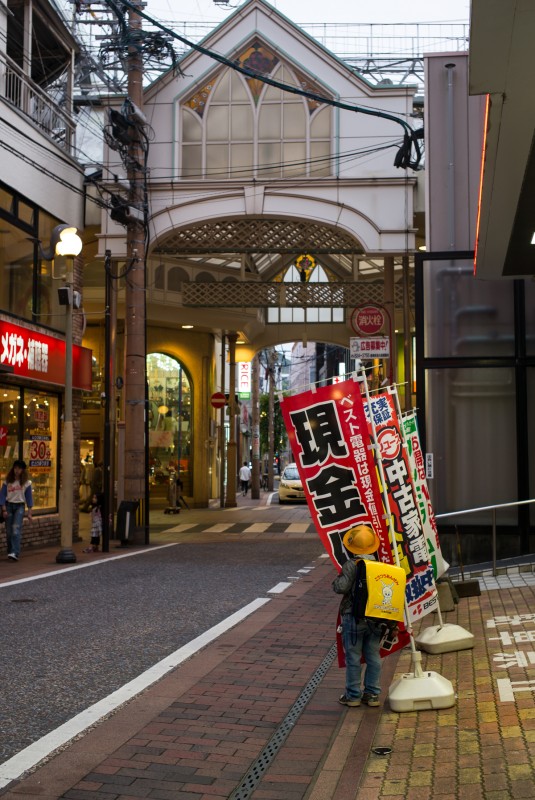
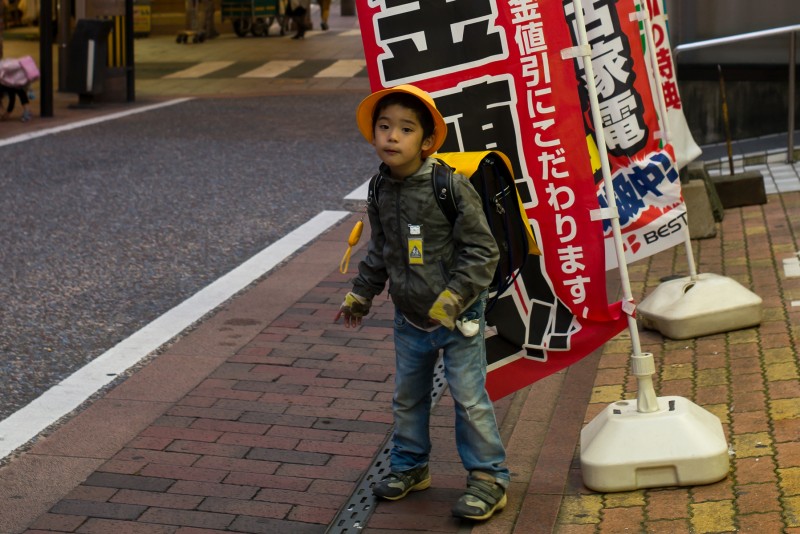
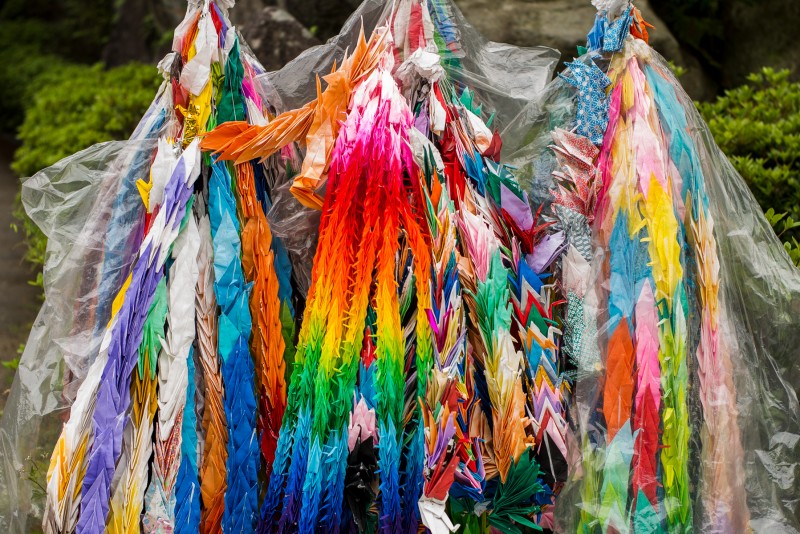
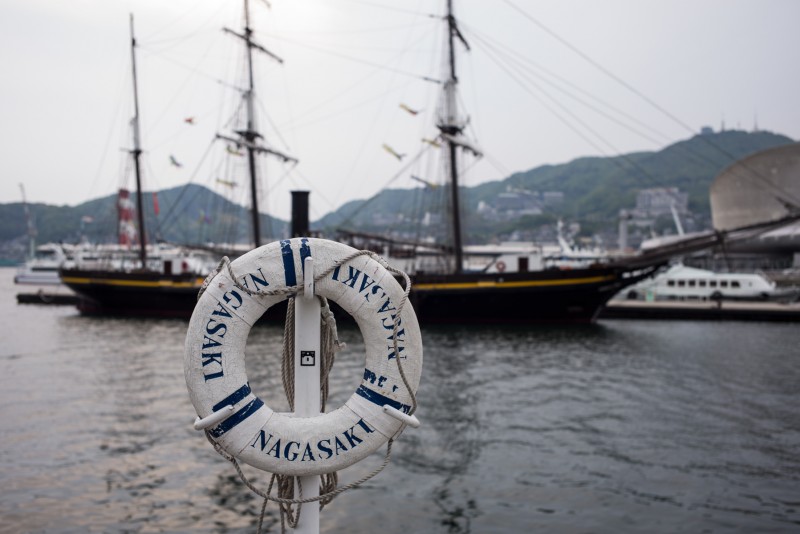
#LeicaM #Summilux50mm #Summicron35mm #Nagasaki #Japan
©Madalina Diaconescu 2017